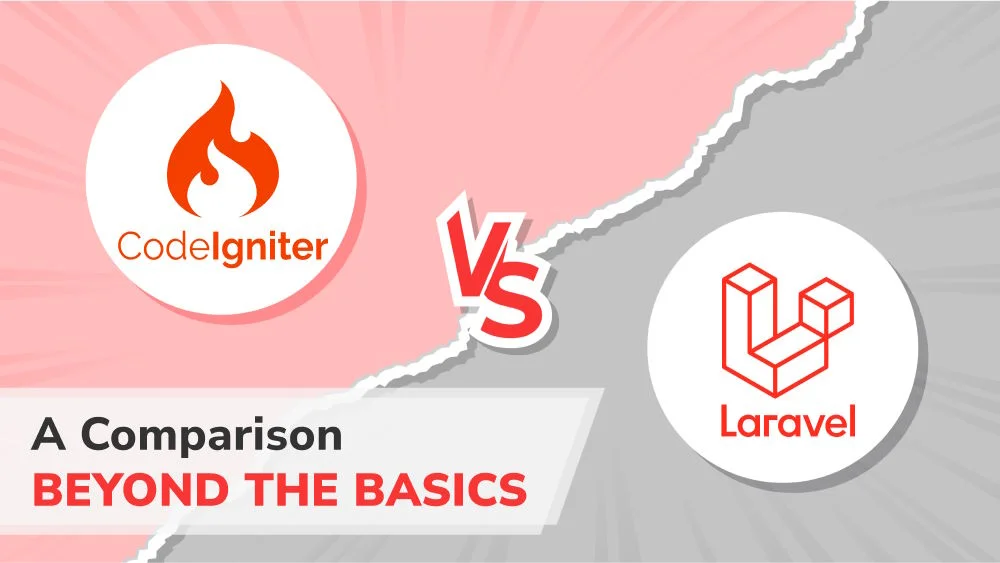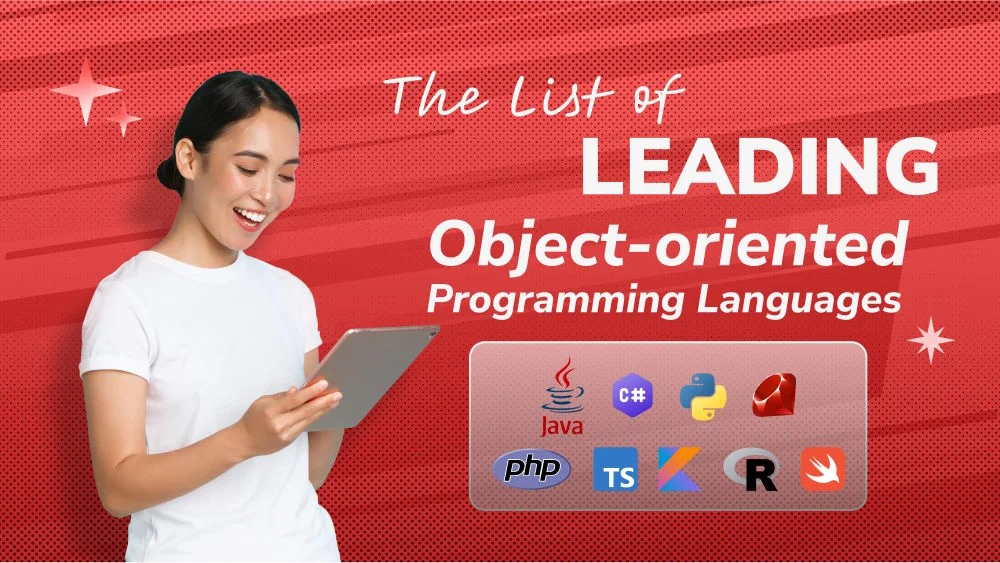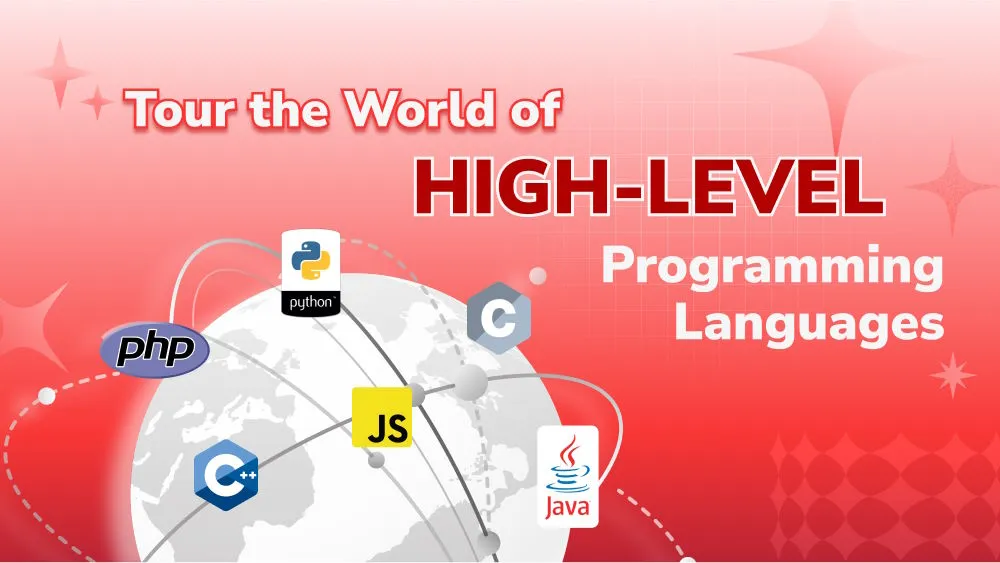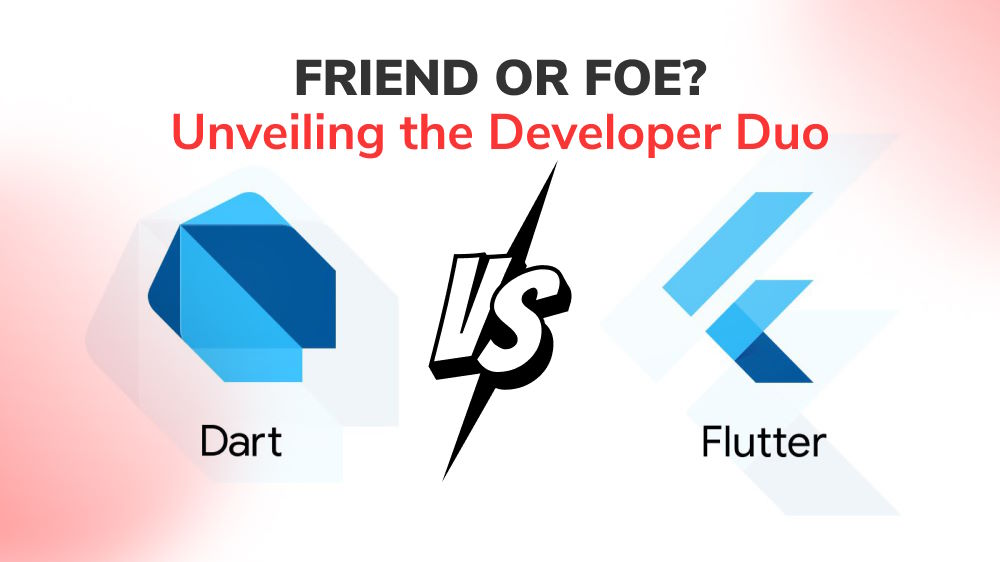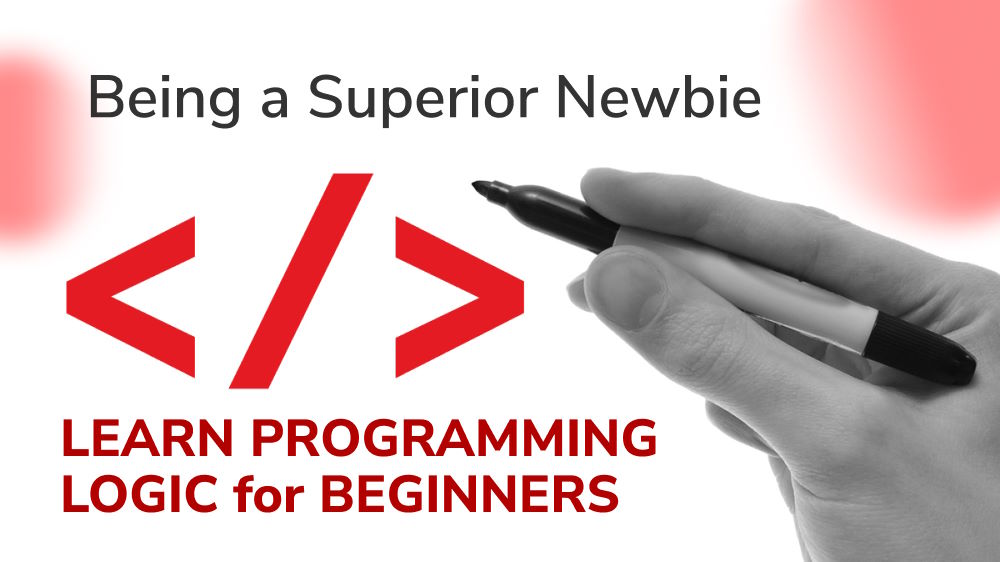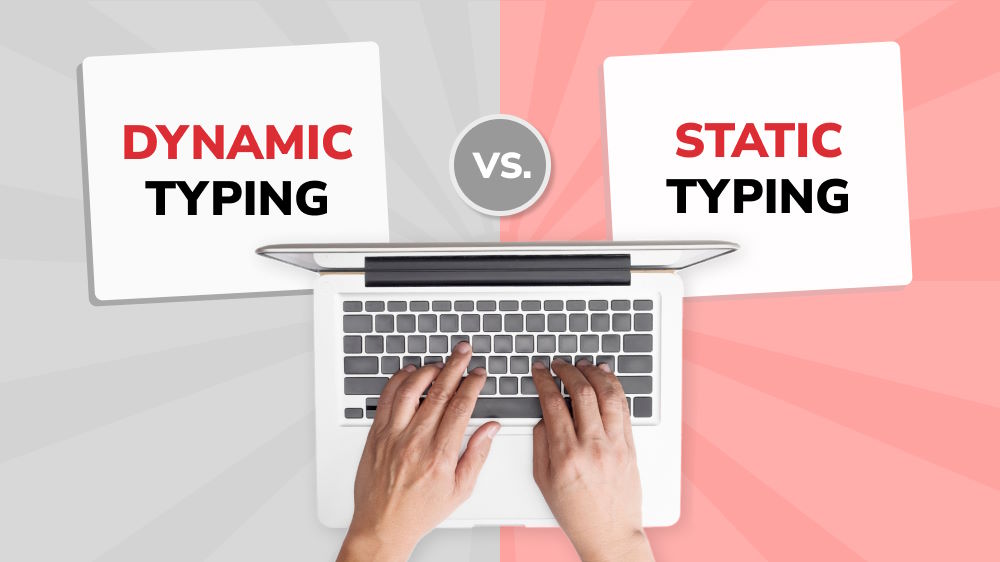Top 10 Programming Languages of the Future

Content Map
More chaptersThe world of programming has evolved a lot since the first computers were invented. With each new generation, what was once considered cutting-edge is now obsolete. So what are the next programming languages of the future?
It’s hard to determine which future programming languages will be the most popular in the tech industry over the next few years. However, several predictions give us an idea of what might happen. In the following list, we are going to list the top ten promising, up-and-coming languages for programmers to learn today:
1. Rust

Rust is one of the relatively new programming languages of the future, but it has already made its way into the top 10 programming languages. It is a language that runs on a multithreaded process, with support for concurrency and parallelism. In addition, Rust provides functional types, with it also having traits that are similar to Java interfaces.
Rust is an improved C++, and it includes type inference and generics. Rust supports algebraic data types similar to the algebraic data types in Scala or Haskell. It also has some types that are like union types in C++. Rust compiles to machine code like C++, but it compiles more slowly than Go.
Rust is a compiled programming language, meaning that it takes the code written by the programmer and produces machine code. One advantage of this method is it provides fast performance. In addition, Rust has “zero-cost abstractions,” which means you don’t have to pay for anything the language does for you. This includes not paying runtime costs for safety checks, which makes it easier to write functional code.
Rust is a multiparadigm programming language aimed at creating secure and reliable software. Rust works with different programming paradigms, including procedural, concurrent, and functional programming styles. Rust shows a lot of promise, and we will hear more about it in the future.
2. Go Programming Language
Go is one of the top 10 programming languages of the future, but its success is mainly attributed to one company: Google. Go was designed by Robert Griesemer, Rob Pike, and Ken Thompson at Google to be used in their projects to increase software development speed. The primary features of this simple yet powerful programming language are goroutines, garbage collection, structural typing, and no inheritance.
Go is also a compiled programming language, like Rust. It compiles to machine code and can collect very quickly. Go is used in production at Google and other companies because of its simplicity and high performance. The compiler that comes with the language is fast, produces machine code that runs close to the speed of C/C++, and reduces the amount of code.
Go’s success lies in its simplicity, speed, and power. It is an excellent language for doing simple things fast, but it does have a big learning curve, especially when compared to older languages such as C# or Java. In any case, if you are looking to become a better programmer with hands-on experience making systems-level software, Go is the language of the future you should be learning.
3. TypeScript
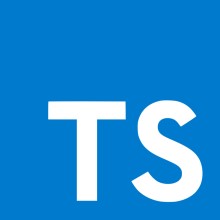
TypeScript is the most popular language that is built on top of JavaScript. If you would like to learn a new programming language and only know Java and C++, learning TypeScript might make sense. The best part of this future programming language is that it allows JavaScript developers to use classes and other OOP concepts in their code without losing backward compatibility with older browsers.
In fact, for developers trying to migrate from C# to JavaScript, TypeScript seems like a perfect choice because it provides strong type checking. The language also plays nicely with other libraries and frameworks such as Node.js and Angular.
Google has been using TypeScript in several projects, which have allowed the rapid growth of this language. In addition, many frameworks, software tools, and editors now also support TypeScript, making it more popular among developers.
4. Dart

Developers have to choose between three languages when working on projects that run on the JVM - Scala, Groovy, or Java. If you are looking for a programming language that can be used as a scripting language and build scalable, high-performance applications, then look no further than Dart.
Dart is an open-source (not owned by Google) programming language developed and maintained by Google. It is a general-purpose programming language initially devised as a safer, faster replacement for JavaScript (the broadly interpreted language that underpins the maintainability of web browsers).
Dart works both as an object-oriented programming language and as a class-based language. This makes it easy for the developers to work with one single programming language for web and server-side applications. In addition, the language is excellent for writing scalable web applications and server-side “backends,” which makes it a viable choice for developers looking to stay ahead of the curve.
For now, you can use Dart through an open-source project called dart2js. Using dart2js, you can compile your Dart medium app to JavaScript so that it can be run in any browser.
5. Elixir
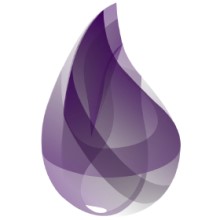
Elixir is a functional, concurrent, general-purpose programming language designed for writing simple shell scripts. The language is dynamic and has support for both static typing and dynamic typing. It is implemented as cross-platform web applications written in JavaScript.
Elixir can be used as an alternative to Bash or Python because the Elixir runtime environment does not have to be installed before being used on a computer. Elixir has been around for 9 years, and it provides an online REPL shell to test snippets of code.
Elixir programs are composed of modules selected by imported and aliased names. A module is a collection of attributes that provide information about the module and several functions within the program.
6. Clojure
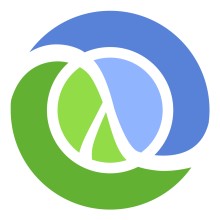
This is also one of the future programming languages. Clojure is a general-purpose language that runs on the Java Virtual Machine and can be compiled to JavaScript or .Net bytecode. You could choose between using Clojure as a functional, imperative, or object-oriented programming language. This gives developers flexibility when building apps that need to be flexible and adaptable, especially mobile apps.
Clojure is called “Lisp on steroids” because of first-class functions, automatic garbage collection, persistent data structures, tail recursion, and macros. This makes it a good choice for developers already familiar with these concepts and looking to extend their knowledge by learning a new language.
7. Julia

Julia is a relatively new language that was built to address the need for fast numerical computation. Julia can be used for basic tasks such as data analytics, statistical modeling, and machine learning. Developers have typically used MatLab, Mathematica, or R for these complex applications but now have a new language in their arsenal. Some languages similar to Julia are pretty popular in the statistics world, with SAS, SPSS, and Stata being other well-known choices.
8. Crystal

Crystal is a programming language with syntax similar to Ruby. It supports both functional and object-oriented paradigms. Crystal is compiled to native code, which means it can run as fast as a compiled language like C language or C++. For most programs, this makes direct competitors to Crystal languages.
Instead of using a virtual machine, Crystal uses LLVM to get up to 2x better performance. This is beneficial for statically typed languages since they benefit from dynamic, such as duck typing and runtime metaprogramming. Benchmarks show Crystal is expected to be significantly faster than Ruby.
This future programming language allows android developers to write their applications using an approach that fits in better with how they structure their code rather than using a framework that forces this approach.
9. Elm

Elm is predicted to be one of the top programming languages of the future. It can be compiled into HTML, CSS, or JavaScript code. It is being used for building web-based user interfaces and has found widespread popularity because its code looks similar to Haskell. The entire application life cycle (from bootstrapping the application till deployment) is handled by the Elm compiler.
This means that the developer community is very active in building tools and testing out new ideas in this area, making it easier for others to follow along with what has been done or see how they can improve things further by using their own experience.
10. Python
Python is not only easy to learn and read, but it has a wide range of applications. This language is being used for building scientific data analysis, machine learning, and even web apps. Moreover, Python is the number one language for data science and machine learning; therefore, it is one of the future languages. Python is also a good choice for productivity, prototyping, and even scripting with features like first-class functions, list comprehensions, and an elegant object model.
Python is a general-purpose interpreted, interactive, object-oriented, and high-level programming language. It is designed with the philosophy to emphasize simple code readability. Its syntax enables programmers to express concepts in fewer codes and fewer bugs than in other languages such as C++ and Java. In addition, this language provides constructs to enable clear programs on both a small and large scale.
Python supports different programming paradigms, including object-oriented, functional, and imperative programming and procedural styles. Its features include a dynamic type system and automatic memory management. Also, it has a comprehensive and extensive standard library. The Python interpreters are available for several operating systems. This is also a good option for game development.
CPython is the reference implementation of Python. It is free and open-source software, and it has a community-based development model, as do nearly all of its alternative implementations.
Final Thoughts

The future of programming is an exciting one. New advancements in artificial intelligence and machine learning make it easier for programmers to create programs that can work independently. In addition, emerging technologies like virtual reality, augmented reality, blockchain, and the Internet of Things (IoT), will make coding more immersive than ever before. There’s no telling what innovations may be around the corner.
So, whether you’re a programmer with years of experience or someone who has never written code before but wants to learn, these top 10 programming languages of the future will give you plenty of options for your software development or application development journey.
And best of all, you don’t need a computer science degree to learn these languages – they’re pretty simple to understand and even simpler to write. Just remember that coding can be fun if you know what you’re doing!



